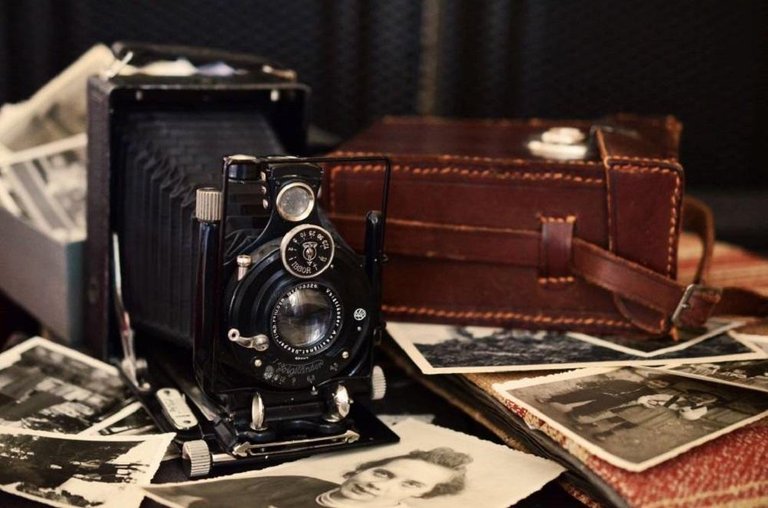
Greetings to all #Hive friends and colleagues ! Before addressing the main topic of the publication, we must clarify following a comment from a user, who is absolutely right in expressing it, about the fact that there are many communities of photography and that this our community, could be more of the same, but we do not have to see it that way, because each community, as is the case under the photographic theme, have different characteristics based on their vision as a community, and in the case of us, apart from wanting to appreciate and share any photographic work, we seek to highlight other aspects, such as history, techniques, reviews and theoretical information about photography. In such a way, that we are not only a community, where only photographs are shown, but also an informative compendium about this beautiful art. As a new and ongoing community, we hope to realise our expectations and continue to grow with what we like the most. Now let's continue with today's topic and thank you for your attention.
Saludos a todos los amigos y colegas de #Hive ! Antes de abordar sobre el tema principal de la publicación, debemos aclarar a raíz de un comentario de un usuario, que tiene toda la razón en expresarlo, sobre el hecho de que existen muchas comunidades de fotografía y que esta nuestra comunidad, pudiera ser más de lo mismo, pero no tenemos que verlo de esa forma, porque cada comunidad, como es el caso bajo la temática fotográfica, tienen características diferentes a base de su visión como comunidad, y en el caso de nosostros aparte de querer apreciar y compartir cualquier trabajo fotográfico, buscamos resaltar otros aspectos, como la historia, técnicas, reseñas y data informativa teórica sobre la fotografía. De tal manera, que no sólo seamos una comunidad, donde solo se muestren fotografías, sino también un compendio informativo sobre éste hermoso arte. Como comunidad nueva y que estamos en curso, esperamos realizar nuestras expectativas y seguir creciendo con lo que más nos gustas. Ahora prosigamos con la temática de hoy y gracias por su atención.
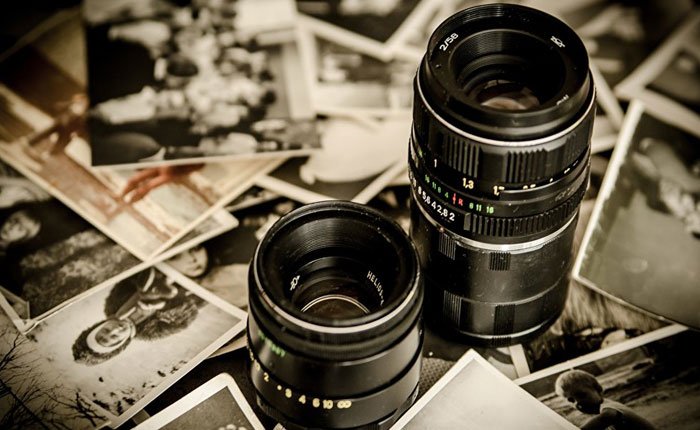
Before approaching the subject about the history of photography, we must know about the etymology of the word "Photography", in order to enter in its historical context, and basically the word photography, comes like most of our words from the Greek, phōs which would be like light and graf, under a meaningful context like scratching or drawing. But there are those who are catalogued as the inventor of the word photography, such as the painter Hercules Florence, Henry Fox Talbot, John Herschel and even a German newspaper called Vossische Zeitung, who published an article, where they showed the German word "Photographie".
Regardless of who in reality were the authors, it is an aspect that we cannot know for sure, but we can know how it has been developed during the history of one of the arts, which anticipated what would become the seventh art "cinematography". So we must also address some fundamental techniques for the development of photography, which were a foretaste of what photography was to become, as we all know it today.
Antes de abordar el tema sobre la historia de la fotografía, debemos saber sobre la etimología de la palabra "Fotografía", para así entrar en su contexto histórico, y básicamente la palabra fotografía, proviene como mayormente muchas de nuestras palabras del griego, phōs que sería como luz y graf, bajo un contexto significativo como rayar o dibujar. Pero hay quienes se catalogan como inventor de la palabra fotografia, como el pintor Hércules Florence, Henry Fox Talbot, John Herschel y hasta un periódico alemán llamado Vossische Zeitung, quienes publicaron un artículo, donde mostraron la palabra en alemán "Photographie".
Independientemente de quienes en reliadad fueron sus autores, es un aspecto que no lo podemos saber a ciencia cierta, pero sí podemos saber como ha sido su desarrollo durante la historia, de unas de artes, que anticipó lo que sería el séptimo arte "cinematografía". Por lo que debemos también abordar, unas técnicas fundamentales, para el desarrollo de la fotografía, que fueron un anticipo en lo que se iba a convertir la fotografía, que todos conocemos durantes muchos años y actualmente.
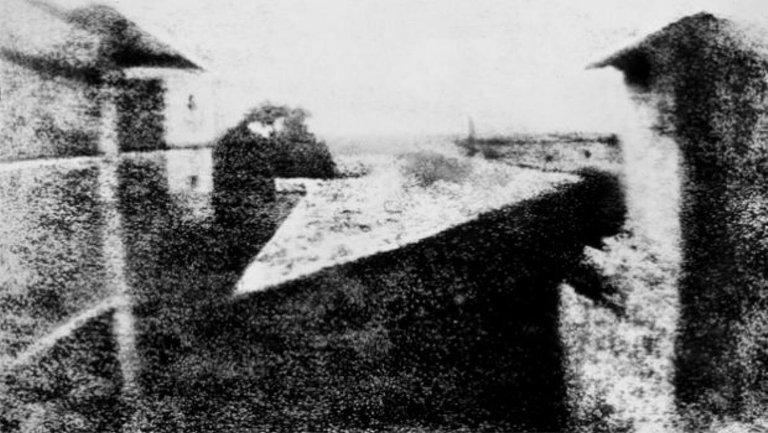
Source First photograph of Joseph Nicéphore Niépce
Now, of those predecessors of photography, we speak of Greek and Chinese philosophers, who discovered a technique by means of the camera obscura, which consists of an optical instrument, where an external image is projected, in order to obtain an image projected inside the camera, without doubt this would already be a foundation that would later develop photography. This is why we talk about this invention since the 5th and 4th centuries B.C., so that many inventors revolutionised the improvement of this technique many centuries later.
But, as such, the first photographic process dates back to approximately 1820, when we talk about the heliogravure, invention of Nicéphore Niépce, who obtained the first image recorded by means of a camera obscura, in a material that was known as direct positive, where long hours of exposure to light were needed to obtain the result of this procedure.
Then came Louis Daguerre, who had previously been associated with Niépce, but posthumously after his death, developed another form of photographic process, using materials such as silver to capture the image, which is why this technique became known as Daguerreotype.
Ahora, de esos antecesores de la fotografía, se habla de filósofos griegos y chinos, que descubrieron una técnica por medio de la cámara oscura, que consiste en un instrumento óptico, donde se obtiene una proyección de una imagen externa, para así obtener una imagen proyectada en el interior de la cámara, sin duda ya esto vendría siendo un fundamento que a la posterioridad, desarrollará la fotografía. Por lo que se habla de esta invención desde los siglos V y IV antes de Cristo, para que luego en muchos siglos después, muchos inventores revolucionaron en la mejora de ésta técnica.
Pero, como tal el primer prodecimiento fotográfico data aproximadamente del año de 1820, cuando se hablaba del heliograbado, invención de Nicéphore Niépce, quien obtuvo una primera imagen grabada por medio de una cámara oscura, en un material que se conocia como positivo directo, donde se necesitaban largas horas de exposición a luz, para obtener el resultado de este procedimiento.
Luego vendría Louis Daguerre, quien se había asociado anteriormente con Niépce, pero póstumo a su muerte, desarrollaría otra forma de procedimiento fotográfico, por medio de materiales como la plata, para así plasmar la imagen, por lo que se conocería esa técnica como Daguerrotipo.
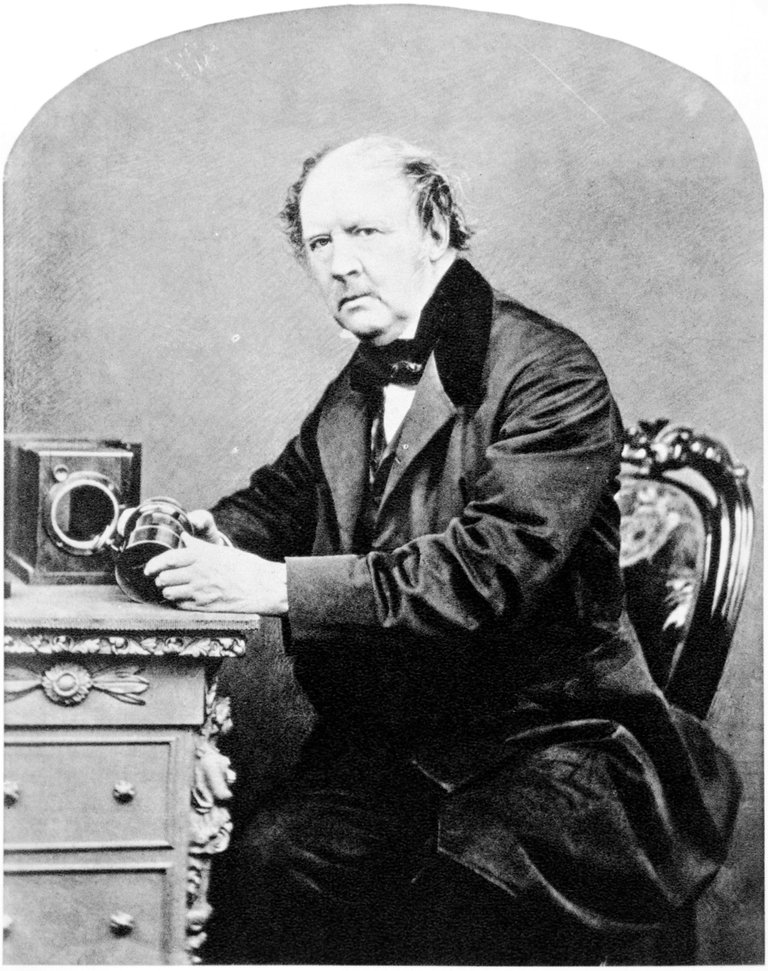
Source William Fox Talbot
1840 would be a key year for the modernisation of photography, when William Fox Talbot developed the calotype, which consisted of the procedure between the contact of a positive and negative paper, and then wetting the paper in chemical compounds to obtain negative copies of the captured images. This would undoubtedly bring about a revolution in photography, which is still used today as a procedure.
Later on, other procedures were developed that gave shape to a better development of photography, in order to obtain a better result. As another important point in the development of this art, the invasion of George Eastman stands out, with his Kodak camera, where he introduced the photographic film reel, facilitating the work of photography, which at the time was a very tedious process, for being a purely mechanical process. Now for the year 1907, the Lumière factory, of the Lumière brothers, who are catalogued as pioneers of the cinema, would take out the colour photography, thus giving one more step towards that vision in search to emulate what the human eye sees, applied later also for the cinematography.
1840, sería un año clave para la modernización de la fotografía, cuando Willian Fox Talbot,desarrollaría el calotipo, que consiste en el procedimiento entre el contacto de un papel positivo y negativo, para luego humedecer dicho papel en compuesto químicos, se obtendría copias en negativos de las imágenes captadas, esto sin duda daría toda una revolución para la fotografía que hasta ahora aún se sigue utilizando como procedimiento.
Luego posteriormente, fueron saliendo otros procedimientos que le dieron forma a un mejor desarrollo a la fotografía, para así obtener un mejor resultado. Como otro punto importante de ese desarrollo de este arte, destaca la invasión de George Eastman, con su cámara Kodak, donde introdujo el carrete de película fotográfica, facilitando más el trabajo de la fotografía, que en su momento era todo un proceso muy tedioso, por ser un proceso netamente mecánico. Ahora para el año 1907, la fabrica Lumière, de los hermanos Lumière, quienes se catalogan como pioneros del cine, sacarían la fotografía a color, dando así un paso más hacia esa visión en la búsqueda de emular lo que el ojo humano ve, aplicado posteriormente también para la cinematografía.
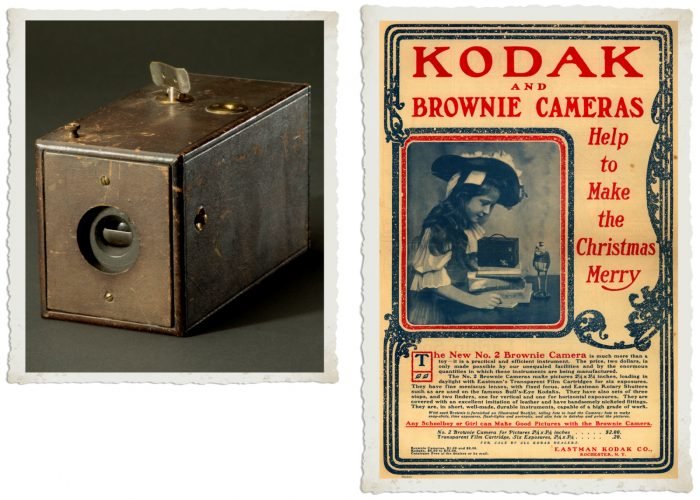
After many decades, they would come out as a photographic invention, the digitalization of the photos, so it was already beginning to create devices, which were able to take pictures by means of a totally electronic procedure, by means of sensors, which allow that prodecimiento, which is currently applied in all photographic camera devices and mobile phones, although this experiment in photography began to have a better development from the year 2000, when these electronic devices practically began to be replaced by what were known as cameras, which worked with reels of photographic and mechanical film.
All this mentioned in this article, is just a small part of the histotia of photography and its main characters, but who could have thought how far this technique, considered by many as an art, and by others simply as a procedure towards the image, was going to reach, that nowadays we all have that facility to capture any image, in the fastest and most spontaneous way, without having to go through a very tedious process, like our ancestors of photography, who were undoubtedly the pillars for the progress of photography. That is why it is important to know through this magazine, to know these important facts in photography, as the basis of our knowledge, when applying the action and practice when taking a photograph.
Luego de muchas décadas, saldrían como invención fotográfica, la digitalizacion de las fotos, por lo que ya se comenzaba a crear dispositivos, que eran capaces de tomar fotografías por medio de un procedimiento totalmente electrónico, por medio de sensores, que permiten ese prodecimiento, que actualmente es lo que se aplica en todos los dispositivos de cámaras fotográficas y teléfonos móviles, aunque este experimento en la fotografía, comenzó a tener un mejor desarrollo a partir del año 2000, cuando ya se comenzaba prácticamente a sustituir estos dispositivos electrónicos por lo que se conocían por cámaras, que trabajaban con carretes de películas fotográficas y mecánicas.
Todo esto mencionado en este artículo, apenas es una pequeña parte de la histotia de la fotografía y sus personajes principales, pero quien podía pensar hasta donde iba a llegar este esta técnica, considerada por muchos coml arte, y por otros simplemente como un procedimiento hacia la imagen, que actualmente todos tenemos esa facilidad de capturar cualquier, de la manera más rápida y espontánea, sin tener que pasar por un prodecimiento muy tedioso, como nuestros antecesores de la fotografía, que sin duda fueron los pilares para el progreso de la fotografía. Es por eso la importancia de saber por medio de este magazine, de conocer esos hechos importantes en la fotografía, como base de nuestros conocimientos, a la hora de aplicar el accionar y práctica cuando tomas una fotografía.
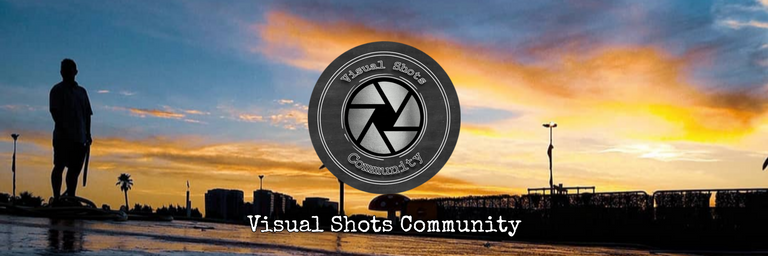
Congratulations @hive-132248! You have completed the following achievement on the Hive blockchain and have been rewarded with new badge(s):
Your next target is to reach 50 upvotes.
You can view your badges on your board and compare yourself to others in the Ranking
If you no longer want to receive notifications, reply to this comment with the word
STOPCheck out the last post from @hivebuzz:
Support the HiveBuzz project. Vote for our proposal!